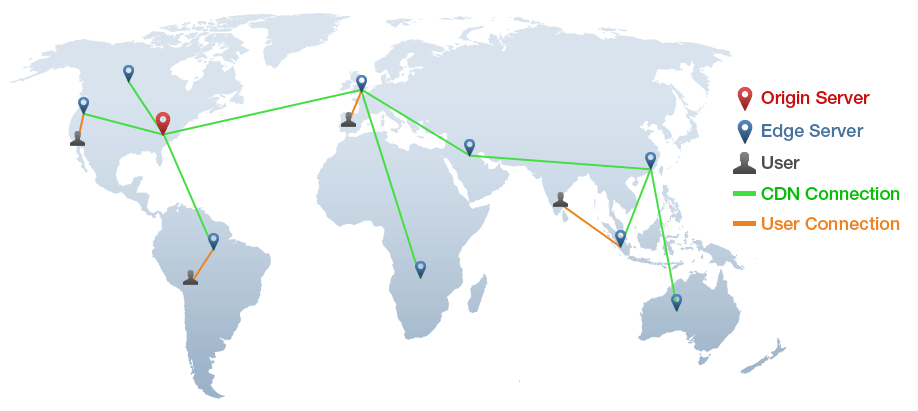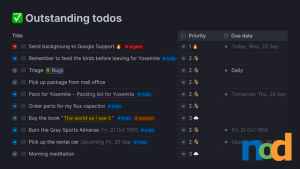WWW… Wednesday! CDN Hosting
by Taylor Slattery | September 4, 2019

These days, attention is a commodity. The constant stream of news and images we’ve grown accustomed to online have taken a toll on our attention spans. So much so that even a second’s delay while loading a web page can cause many visitors to abandon the interaction. In traditional web hosting, a site are stored on servers in a single location. The physical distance between this location and the user requesting the site will affect the speed at which the page can load. In a world with an ever-increasing amount of international business done online every day, these delays can be catastrophic.

Fortunately, CDNs, or content delivery networks, offer a clever solution. Rather than using a single server location, CDNs use a network of servers located all over the world. Each server stores copies of their sites, and when a user requests said site, they are redirected to whichever server happens to be the closest geographically. For visitors from overseas, this makes for a much faster experience than the traditional web hosting model.

CDNs are far from new. They’ve been in use since the late 90s but were extremely expensive to develop and maintain. Because of this high barrier for entry, only large companies could afford to develop them. Since then, however, the technology has been democratized. Anyone hosting a website has the opportunity to utilize a CDN, and there are even many companies that offer their services for free. So, is a CDN right for you? Let’s start by taking a look at some of their strengths.
As mentioned before, by placing PoPs, or points of presence, all over the world, CDNs can offer a boost in speed for sites with frequent international visitors. An additional benefit to this architecture is that by splitting the load between multiple servers, bandwidth consumption is reduced. Current generation CDNs use what is called a Reverse Proxy Server. When a visitor requests a web page, the request is sent first to the Reverse Proxy Server, before being directed to the back end servers, the benefit of which is twofold. This additional layer of security serves to hide the back end servers, protecting them from spamming and scraping techniques that put visitor’s information at risk. Additionally, the Reverse Proxy Servers help to balance and redirect requests, preventing any one server from becoming overloaded, effectively neutralizing DDoS attacks.

While the performance and security boosts offered by CDNs may make a strong case, they are not for everyone. If your visitors generally live in the same location as the hosting, using a CDN might actually make for a slower user experience. For schools or service-based businesses whose visitors are guaranteed to be local, CDNs might not be the best choice. If you’re designing a site for a client, it’s important to keep these factors in mind when deciding whether or not to use a CDN.

Taylor is the Managing Editor of Notes on Design. Taylor is a graphic designer, illustrator, and Design Lead at Weirdsleep.
Are you interested in sharpening your business skills? Sessions College offers a wide range of advertising and marketing courses. Contact Admissions for more information.









